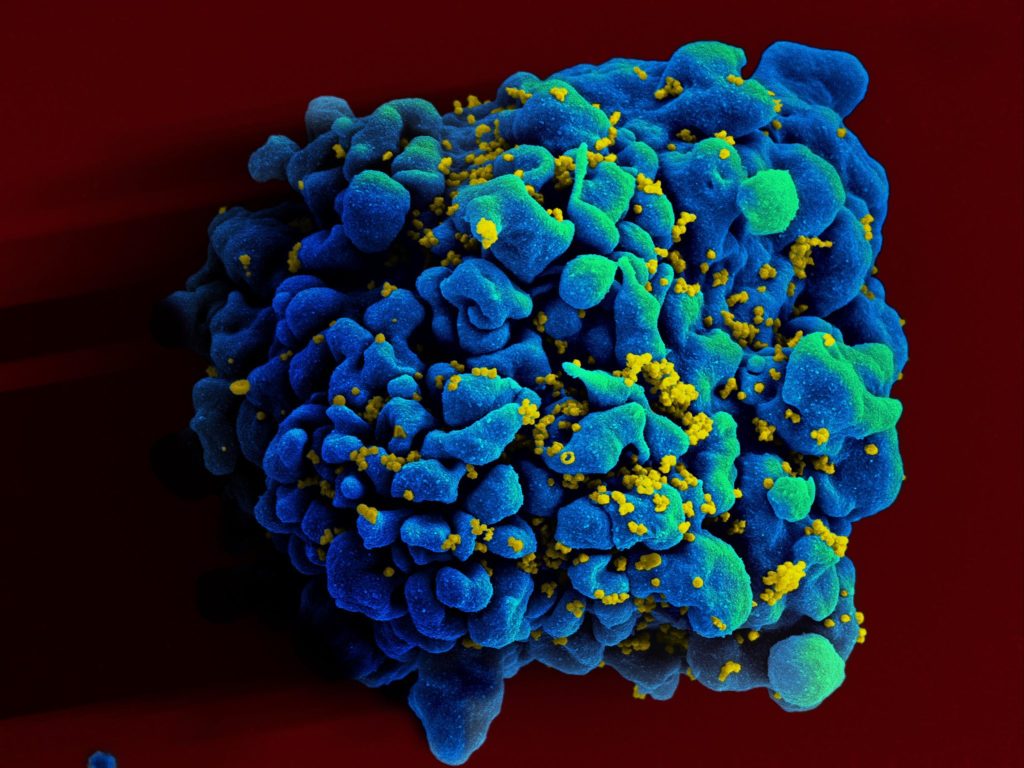Results from a study testing a new ‘kick and kill’ method of reducing the size of the undetected HIV reservoir in people living with the virus were published in The Lancet this week.

RIVER (Research in Viral Eradication of HIV Reservoirs) is the first ever randomised clinical trial to test this approach to curing HIV.
Although the results were not what the researchers hoped for, the study clearly highlights the new direction that HIV research is heading.
The trial, funded by the Medical Research Council, was a major collaboration between Oxford University, Imperial College and the MRC Clinical Trials Unit and was run by CHERUB (Collaborative HIV Eradication of Reservoirs UK BRC), an NIHR cooperative of clinicians, researchers and patients working together to find a cure for HIV.
Researchers used the drug Vorinostat to try and wake up dormant HIV hiding in CD4 T Cells (the ‘kick’) in conjunction with vaccine-stimulated CD8 T cells to enact the ‘kill’.
The vaccine had been made in Oxford by a team led by Prof Tomas Hanke. The aim was to see if they could reduce the amount of HIV in the ‘latent reservoir’ – the source of persistent, dormant HIV that means the infection can’t be cured and current therapy needs to be taken for life.
Although there was evidence that each individual step had worked, the trial was unable to show an impact on the size of the HIV reservoir.
Professor John Frater of the Nuffield Department of Medicine is a senior author and the NIHR Oxford BRC lead for CHERUB. He commented: “It is clearly disappointing that we didn’t see the result we hoped for in RIVER, but this is a landmark moment in HIV research as it marks a new era of investment in major clinical trials testing novel approaches to achieve an HIV cure.
“Participant engagement was incredible – this was a complex study and yet almost no visits were missed, showing how engaged the community of those living with HIV are in this sort of research.”
He added: “For many people living with HIV, current antiretroviral therapy is life-changing but can be linked with toxicity, resistance and stigma. There has always been an aspiration for an HIV cure and although this is still a long way off – as RIVER shows – our study demonstrates that there is engagement and momentum in the research community and hope for the millions living with HIV.”
Photo: NIAID via Flickr